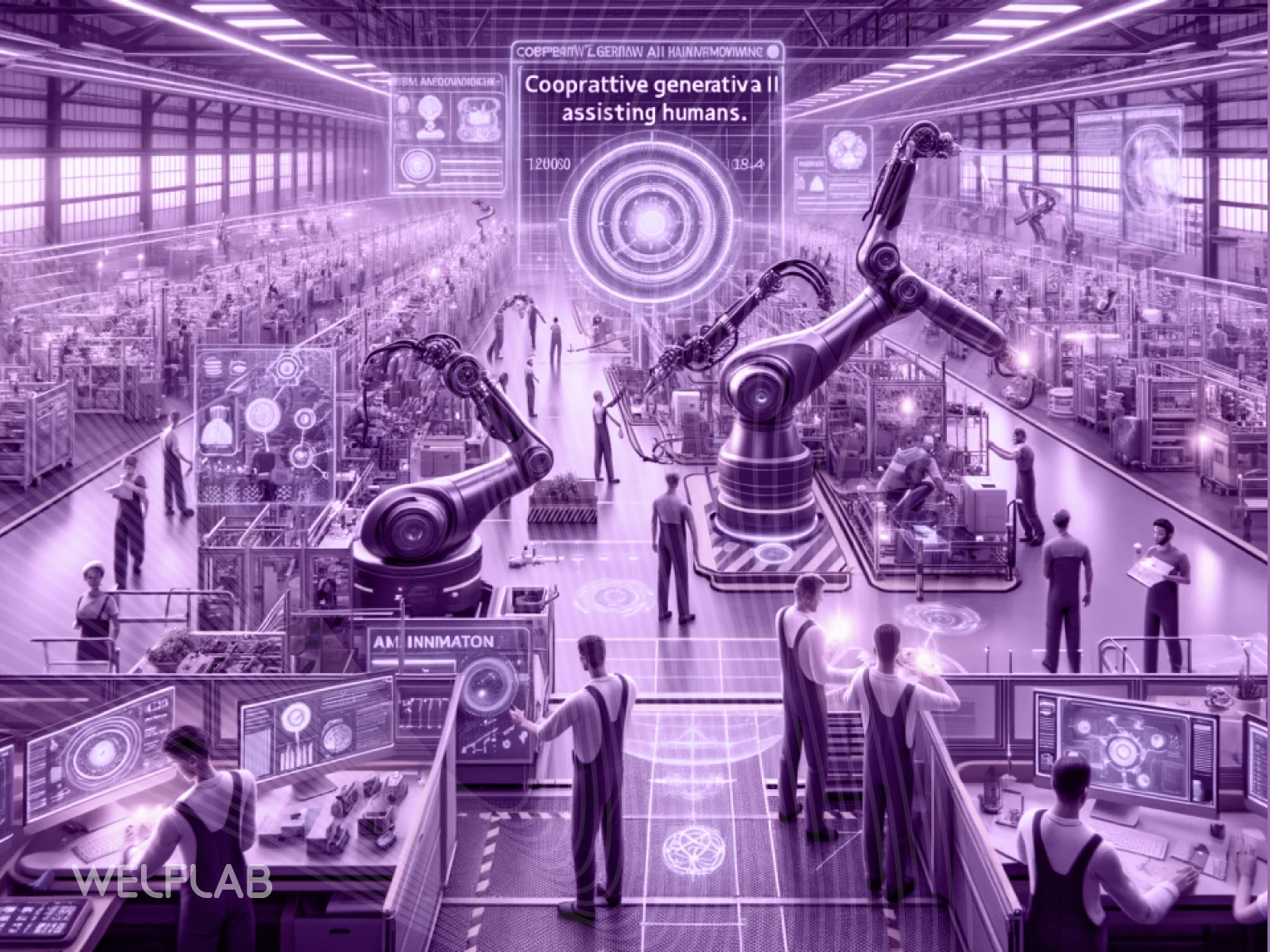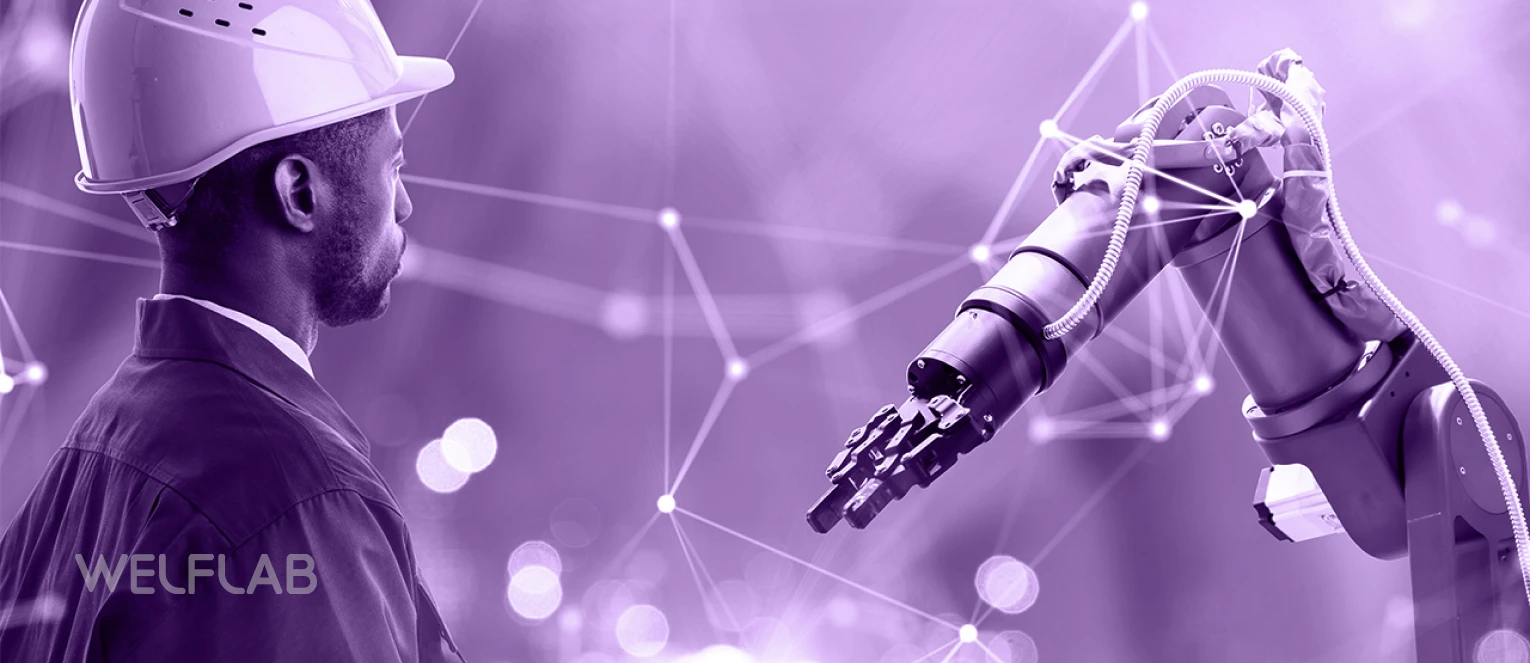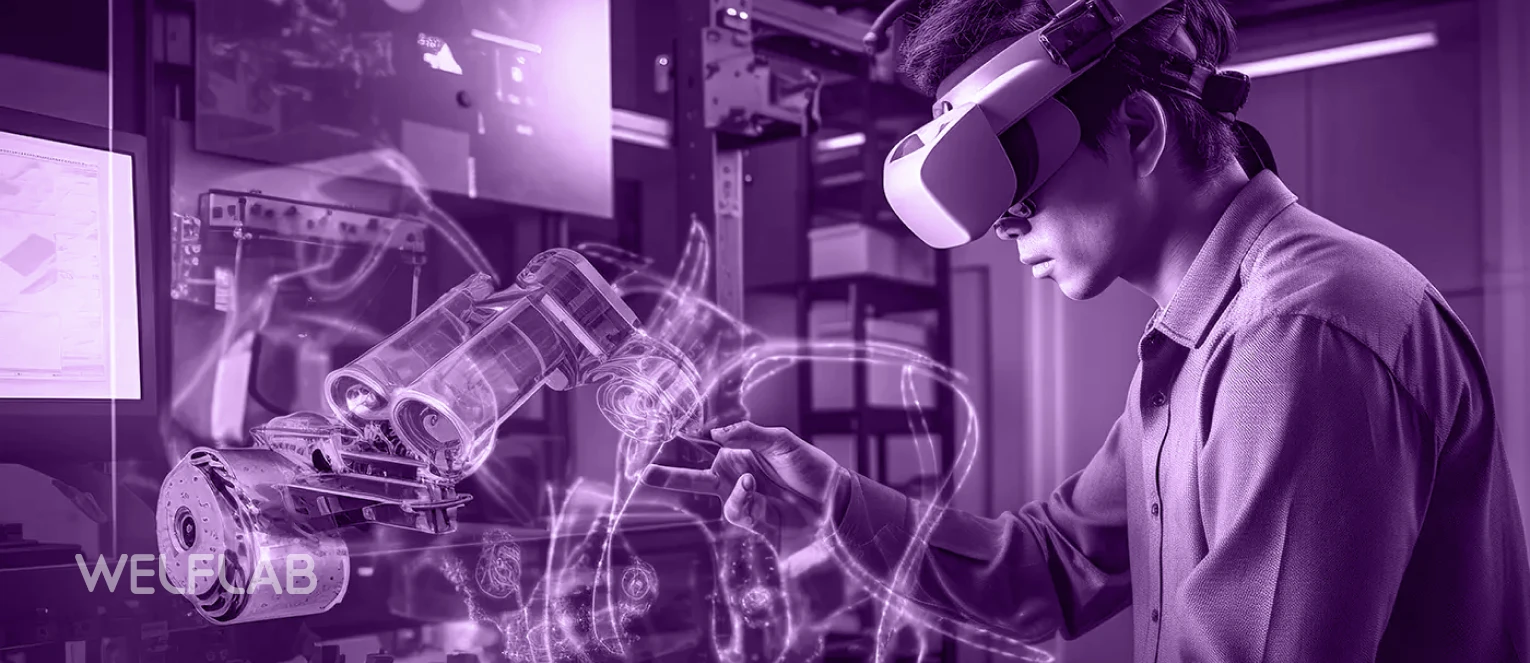Quality control, a cornerstone of modern manufacturing, stands as a sentinel against subpar products, guarding against flaws that may mar reputation, cost efficiency and regulatory compliance. Traditional quality control methods, rooted in manual inspection and statistical analysis, have served us well. However, a new era has dawned with the advent of Generative Artificial intelligence (AI), a force poised to usher in unprecedented precision, efficiency, and innovation in quality control for manufacturing. In this comprehensive exploration, we will delve into the intricacies of Generative AI, its applications, advantages, complexities, and the vistas of possibilities it unlocks for the future.
Quality Control: Beyond Necessity to Excellence
Quality control remains an indisputable lynchpin in manufacturing for multifaceted reasons:
- Customer Centricity: Elevating product quality leads to contented customers, entrenching brand loyalty and propelling recurrent business.
- Cost Optimization: Meticulous quality control diminishes defects, paring away costs entailed in rework, recalls and warranty claims.
- Compliance and Risk Mitigation: A plethora of industries traverse the intricate landscape of stringent regulations. Quality control surges to the forefront in ensuring compliance while mitigating legal encumbrances.
- Brand Stature: An unblemished reputation for delivering superlative quality delineates manufacturers in the competitive milieu, magnetizing discerning clientele.
Traditional Quality Control Paradigms: Bridging Tradition and limitations
Historically, quality control emanated from manual inspection, statistical sampling, and well- established methodologies, despite their established efficacy, traditional methods exhibit limitations:
- Human Foibles: Manual inspection, susceptible to human individual security of each item in sizeable production runs can engender time based impediments, slowing the manufacturing cadence.
- Chronological Taxation: Inspection regimes entailing individual scrutiny of each item in sizeable production runs can engender time based impediments, slowing the manufacturing cadence.
- Financial Overheads: The maintenance of substantial inspection workforces encumbers production economics, driving costs upward.
Generative AI: An Epoch of Quality Control Transformation
Generative AI, a facet of AI, encompasses systems adept content, image, or data generation. Its fusion with manufacturing endeavours conveys revolutionary outcomes:
- AI powered Visual proficiency:
In concert with advanced cameras and image recognition algorithms, Generative AI proffers rapid, precision driven defect identification. This curtails reliance on human inspectors, augments accuracy and bolsters efficiency.
- Predictive Maintenance: Orchestrating Efficiency:
Generative AI scrutinizes machinery sensor data, expertly forecasting maintenance exigencies, forestalling costly equipment breakdowns and unproductive downtime.
- Design Excellence via AI Alchemy:
AI algorithms ingeniously generate and evaluate multifarious product design iterations, discerning the zenith of efficiency and reliability. This bespoke approach culminates in robust and cost-effective product designs.
- Process Optimization through AI Insights:
Ai scrutinizes production data, unveiling bottlenecks and inefficiencies. This translates into process streamlining, galvanizing productivity and efficiency.
Augmenting Manufacturing Quality Control: The Generative AI Advantage
Incorporating Generative AI into quality control underwrites an array of advantages:
- Hyper-Precision through AI Lens:
AI’s superlative analytical capacity processes prodigious data volumes with minute precision, curbing spurious results is quality control assessments.
- Velocity and Efficiency Amplification:
AI orchestrates real time data analysis, catalysing the velocity and efficiency of quality control measures. This surges production productivity.
- Economic Dividends through AI Adoption:
The curtailed requirement for extensive manual inspection dovetails into a resource – efficient schema, mitigating labour costs and circumventing costly recall episodes.
- Pinnacle of Consistency:
Generative AI serves as paragon of consistency, etching out a uniform quality control standard eschewing the human factor induced Variability.
- Data-Driven Enlightenments:
AI bequests invaluable insights via the meticulous curation and analysis of gargantuan datasets. This reservoir of knowledge fuels an unending cycle of quality augmentation and enhanced efficiency.
Complexities, Challenges, and Nuances
The integration of Generative AI into quality control, though promising, teems with intricate complexities:
Data Ubiquity and Rigor:
Generative AI’s efficacy hinges on the accessibility and fidelity of colossal labelled datasets. Tenuous data quality or scarcity can impede progress, necessitating the construction of synthetic data.
Model Opacity:
The intricate compositions of Generative AI models may obfuscate interpretability, culminating in an opacity that leaves decision-making processes shrouded in ambiguity.
Investment Intensity and Expertise:
The inception and deployment of Generative AI systems entail substantive upfront investments in infrastructure and talent acquisition. Organizations must cultivate the necessary acumen and resources for sustained operational success.
Ethical Vortex:
Generative AI systems, reflective of their training data, can inadvertently perpetuate biases, amplifying the importance of ethical considerations in quality control frameworks.
A Glimpse into the Future: Advanced Possibilities
The horizon of Generative AI in manufacturing quality control unveils a tapestry of vistas:
Cognitively Augmented Human Judgment:
The orchestration of AI alongside human inspectors enriches decision-making precision by furnishing real-time insights and suggestions, amalgamating human intuition with AI precision.
Global Quality Control Network Synthesis:
Generative AI fosters the formation of interconnected quality control networks that traverse geographical boundaries. This transglobal perspective emboldens consistency and quality assurance throughout the expansive supply chain.
AI-Crafted Protocols for Tailored Artistry:
As Generative AI comprehends customer specifications with increasing fidelity, it engenders on-the-fly production protocols, shepherding the manufacturing of bespoke and specialized products on an industrially relevant scale.
AI-Propelled, Continuous Refinement:
Generative AI’s empirical prowess drives real-time process enhancement through data analysis. This engenders streamlined operations, waste reduction, and sustained commitment to sustainable manufacturing practices.
In Conclusion: Generative AI’s Imprint on Quality Control
Generative AI stands poised to redefine the landscape of quality control in manufacturing. Its multifarious applications, from microscopic scrutiny to predictive maintenance, augur product quality and operational efficiency to uncharted zeniths. Yet, the challenges presented by data quality, model interpretability, and ethical considerations must be navigated judiciously. As organizations embrace Generative AI in quality control, they simultaneously embark on a journey to amass the requisite expertise and governance structures necessary for harnessing its full potential. The future of manufacturing quality control lies in the harmonious synergy between humans and AI, with Generative AI occupying a central role in shaping an industry’s trajectory towards precision, efficiency, and excellence. No longer a mere process, quality control metamorphoses into an integral facet of intelligent and automated manufacturing systems, steadfastly ensuring that every product adheres.





